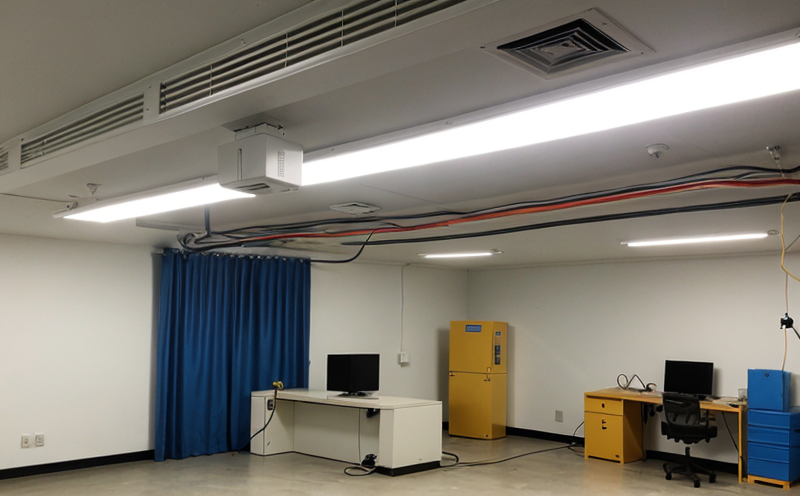ISO 50015 Energy Performance Measurement
The ISO 50015 standard provides a framework for measuring and verifying energy performance in buildings. This service is essential for organizations aiming to comply with global regulations, enhance sustainability practices, and demonstrate their commitment to reducing carbon footprints.
ISO 50015 applies specifically to the measurement of building energy consumption and the associated parameters that influence it. By implementing this standard, clients can achieve more accurate monitoring and reporting, which is crucial for both regulatory compliance and internal decision-making processes.
The process involves a comprehensive assessment of various factors such as heating, ventilation, air conditioning (HVAC), lighting systems, and other energy-intensive components within the building. This includes detailed analysis of how these systems interact with each other and their impact on overall energy use.
Our team of experts ensures that all tests are conducted according to international standards like ISO 50015, ensuring accuracy and reliability in every measurement. The results provide actionable insights into areas where improvements can be made to enhance efficiency and reduce costs.
A typical project might involve installing monitoring equipment throughout the building structure before initiating continuous data collection over an agreed period of time. This allows us to capture realistic performance metrics under actual operating conditions rather than laboratory settings.
Once collected, this data is analyzed using advanced software tools designed specifically for energy auditing purposes. These analyses help identify potential inefficiencies and suggest practical solutions tailored to each client’s unique needs.
We also offer post-audit support, providing ongoing advice on best practices for maintaining optimal performance levels based on our findings from initial audits.
- Comprehensive Analysis: Full evaluation of all relevant systems contributing to the building's energy consumption.
- Data Collection: Continuous recording over a specified timeframe to ensure accurate representation of typical usage patterns.
- Analytical Tools: Utilization of sophisticated software solutions for interpreting raw data into meaningful insights.
- Solution-Oriented Recommendations: Practical suggestions aimed at optimizing performance and minimizing waste.
Applied Standards
The ISO 50015 standard is widely recognized for its robustness and applicability across diverse sectors, including commercial buildings, residential complexes, industrial facilities, and public institutions. It sets out clear guidelines on how to measure energy performance effectively while considering various influencing factors.
Some key aspects covered by this standard include:
- Definition of scope for measurement
- Selection criteria for instruments used in monitoring
- Establishment of baseline data against which future improvements can be measured
- Evaluation methods to assess changes in energy efficiency over time
Why Choose This Test
- Accurate Measurement: Utilizes state-of-the-art technology and methodologies to ensure precise readings.
- Compliance Assurance: Helps clients meet regulatory requirements related to energy efficiency standards.
- Sustainability Focus: Promotes environmentally friendly operations by identifying opportunities for reduction in resource consumption.
- Economic Benefits: Identifies cost-saving measures through improved operational efficiency and reduced utility bills.
Competitive Advantage and Market Impact
Implementing ISO 50015 within your organization demonstrates leadership in corporate responsibility and environmental stewardship. It positions you as a forward-thinking entity committed to minimizing its ecological footprint.
This standard can contribute significantly to enhancing your reputation among stakeholders, including customers, investors, employees, and regulatory bodies. By showcasing compliance with internationally recognized practices, you strengthen trust and credibility.
Moreover, the insights gained from these tests enable better strategic planning regarding future investments in green technologies and initiatives. This foresight can lead to strategic advantages when entering new markets or bidding for contracts requiring stringent environmental standards.





